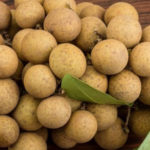Why Do Vegetables Rot in the Fridge?
After harvesting, vegetables undergo a respiration process. Green vegetables, in particular, require enough water to support their metabolic processes. Tightly wrapping vegetables can prevent this process and result in rotting. On the other hand, not wrapping vegetables and storing them directly in the fridge causes rapid withering, loss of moisture, and depletion of nutritional value.
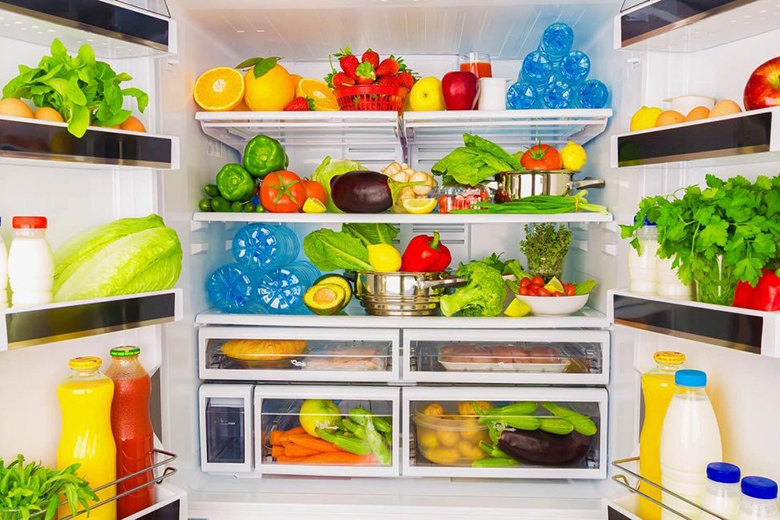
Tips for Storing Vegetables in the Fridge to Maximize Freshness
Discarding Spoiled Parts of Vegetables
To prolong the shelf life of vegetables, it is recommended to remove any spoiled portions as soon as you bring them home. These spoiled parts can release ethylene, which promotes ripening and mold development in other food items.
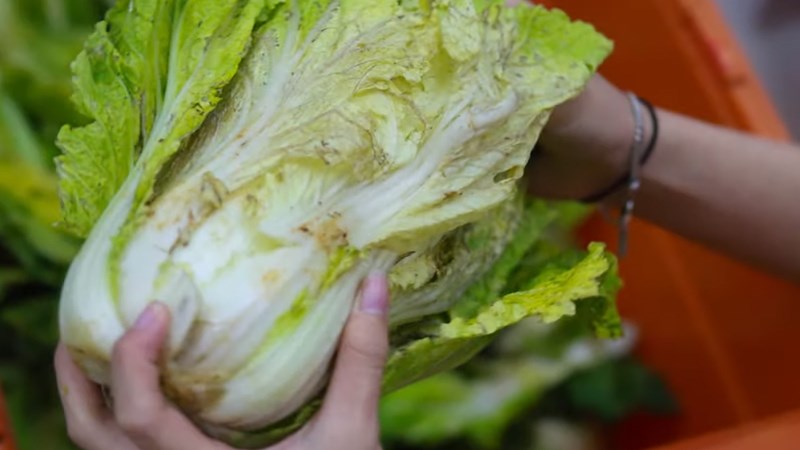
Organize Vegetables by Type When Storing
Store each type of vegetable separately to prevent spoilage and preserve their nutrients. Some vegetables release ethylene, a gas that promotes ripening. Proper categorization and organization can prevent the spread of ethylene and maintain freshness.
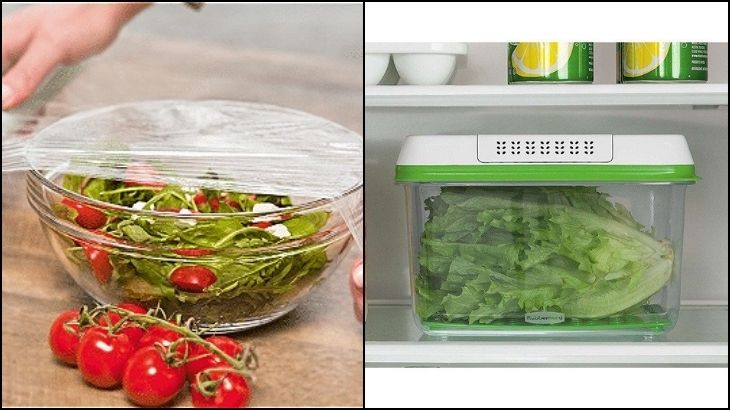
Do Not Cut or Wash Veggies Before Refrigerating
It is advisable to refrain from cutting and washing vegetables before refrigeration. This can cause rotting, color change, nutrient loss, and the production of harmful substances. For certain vegetables, simply removing the tops and refrigerating them is sufficient.
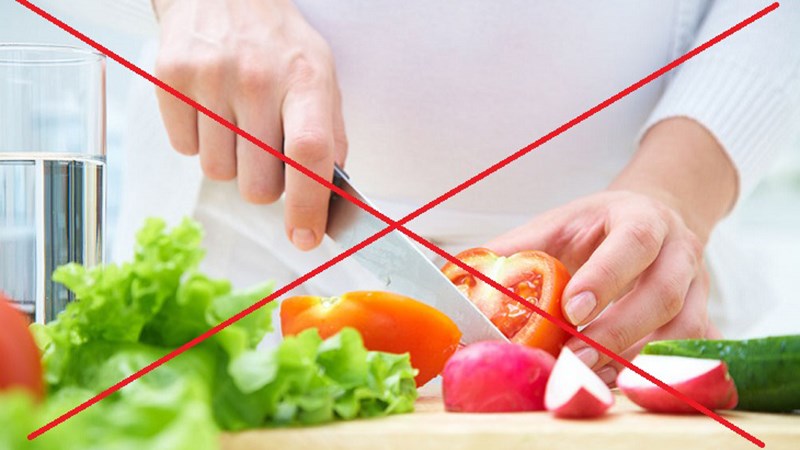
Wrap Vegetables in Plastic Bags
Use superior-grade plastic bags made from PP material to wrap vegetables. This helps maintain the freshness and taste of vegetables by preventing water evaporation.
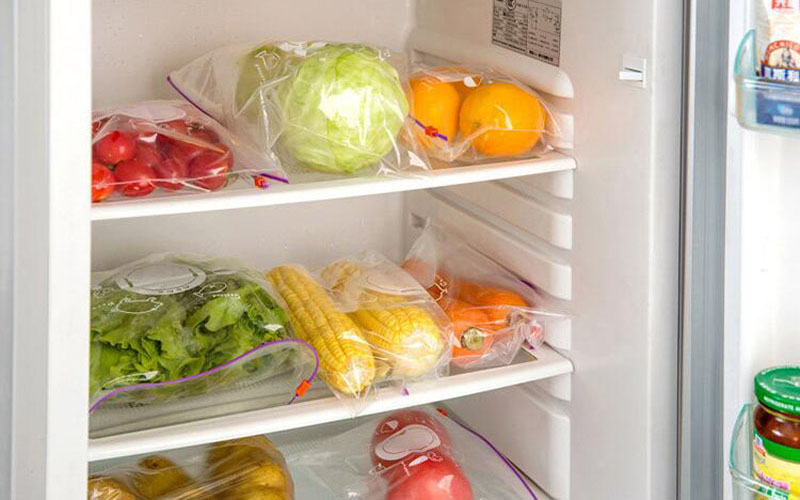
Store Vegetables Longer with Paper
Extend the shelf life of leafy vegetables by using paper towels. Clean the vegetables, place them in a plastic bag, add a dry paper towel, and tightly wrap them. This method is effective for preserving freshness.

Maximize Freshness with Vegetable Storage Containers
Specialized vegetable containers are a preferable alternative to plastic bags. They can be reused after cleaning, saving costs and maintaining freshness.

Set the Right Temperature
Vegetables should be stored at a temperature between 3 and 9 °C. Modern refrigerators have compartments designed for storing vegetables at optimal temperatures.
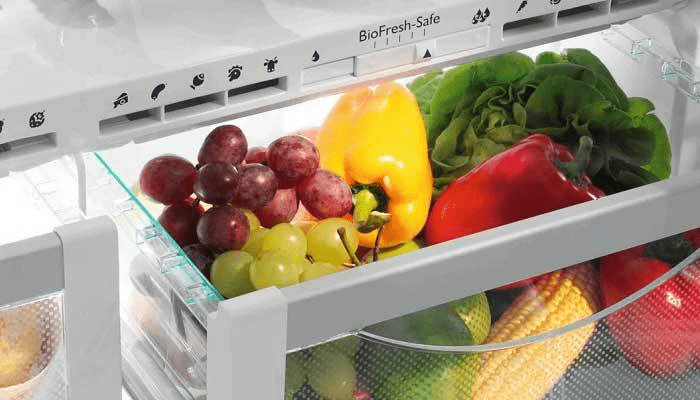
How to Store Vegetables in the Freezer
- Clean the vegetables thoroughly.
- Remove stems, roots, and damaged parts.
- Blanch the vegetables in boiling water for 2-3 minutes, then transfer them to ice water to cool.
- Pat the vegetables dry with a clean paper towel.
- Store the dried vegetables in zip-top freezer bags or airtight containers.
- Place the bags or containers in the freezer section of your refrigerator for long-term freshness.
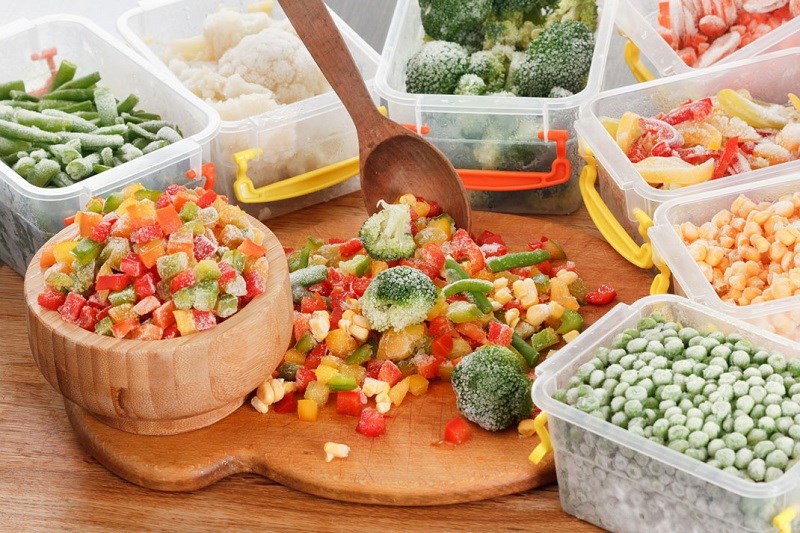
Conclusion
By following these guidelines, you can prevent vegetables from rotting in the fridge and extend their freshness. Proper storage methods help maintain the nutritional value and taste of vegetables for an extended period of time. We hope you find these kitchen tips useful!


























